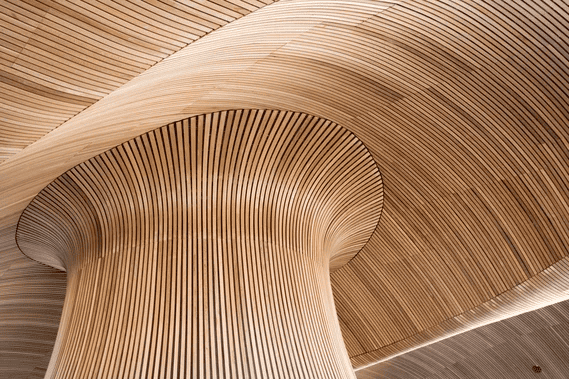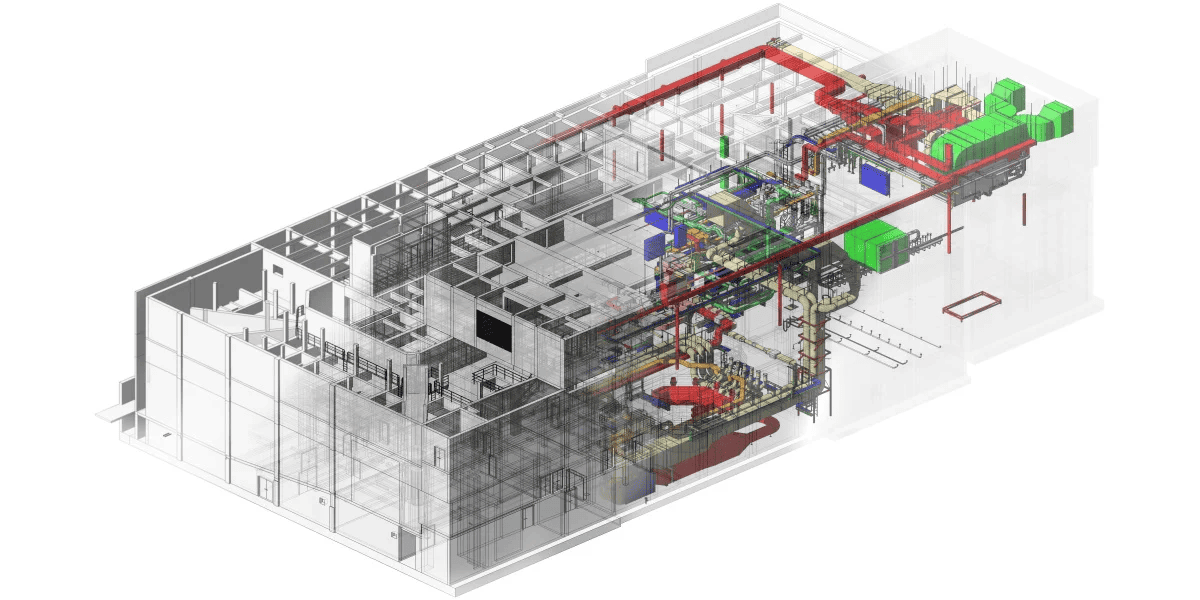Interviews conducted by Grohe with some of the world’s leading architects reveal that the profession is rapidly changing. They also emphasize how today’s architecture must be functional, innovative, and embrace cultural aesthetics. This is a summary of key takeaways.
- Architectural design must neither be too deterministic nor indeterministic. It must fulfill expected functions while creating possibilities for appropriation and adaptation, thereby it’s purpose is about more than the construction of physical space
- Architectural spaces can be charged with cultural meaning, atmosphere, and aesthetics. They can inspire, provide impetus, and take a stand. Architecture is, therefore, not a final answer but a question.
- Architects must be constantly open to new ideas. Since architecture is always an intervention in an existing context, understanding interrelationships and incorporating a comprehensive knowledge of the environment is important.
Architecture is a manifestation of knowledge, and each building is a reflection of knowledge at that point in time. This is the only way to create a space lived-and-built environment, which is embedded in the existing social structure. It is impossible to plan a living, functioning system.
Yesterday’s Architectural Solution is Today’s Problem
In the “post-neo-modern” architecture of the last few decades, we’ve witnessed a global boom of iconic buildings designed by star architects, more industrialized, globally identical business districts, and technologically upgraded housing investments that focus only on the uninhabited appreciation of the property per se. All of this has undoubtedly advanced building technology, but in doing so, it has created millions of new construction ruins. But has it also made new qualities of architecture, space, and well-being?
Architectural firms must get out of the building industry if it wants to maintain its value as a cultural discipline. Local cultures, regional identities, population participation, and politics will create the foundation for general building culture.
Certainly, big business and the development of the latest building technologies will continue, especially in the Arabian Gulf, China, Azerbaijan, or Kazakhstan, virtually wherever demonstrations of political power demand the corresponding technical excellence of supposed modernity with unlimited budgets. Truly totalitarian dictatorships like Turkmenistan or North Korea follow their Disneyesque retro-Stalinism.
Smart Buildings vs. Conventional Buildings – What We Need Nowadays
For the majority of the world, architecture will pursue a different path into the future. Not backward, as many unconscious techno-fetishists think, but forwards, acquiring knowledge about the everyday necessities of architecture.
Architecture must cater intensively to the global housing necessity of mankind in both urban and rural areas. It requires not only new strategies and concepts, but also new building services and infrastructure solutions, which can probably only be found in the simplification of an open-source technology based on the experience of the historical cultural patterns.
We do not need “smart buildings” but “conventional buildings”. Buildings that everyone understands how to use, play with, and change.
The industry should aim for a return of architectural qualities: sustainable quality of building materials, details, and surfaces of architecture that are in harmony with the regional climate and culture. These qualities will serve as shells for the preservation of body warmth, as well as enabling us to have cultic spatial experiences.
Effective Architecture Design Tools are Key to Designing Successful Buildings
When architects understand that they are service providers, they can design successful buildings.
There are many tools that architects need to support them in this endeavor. If you’re looking for the right software to assist you in successfully designing and delivering your architectural projects, we encourage you to learn more about OpenBuildings Designer, an all-in-one building design software.
Co-Authors: Beatrix Brendel and Meenakshi Sharma
Join us for an exclusive webinar series to learn more about levelling up from CAD to BIM.











